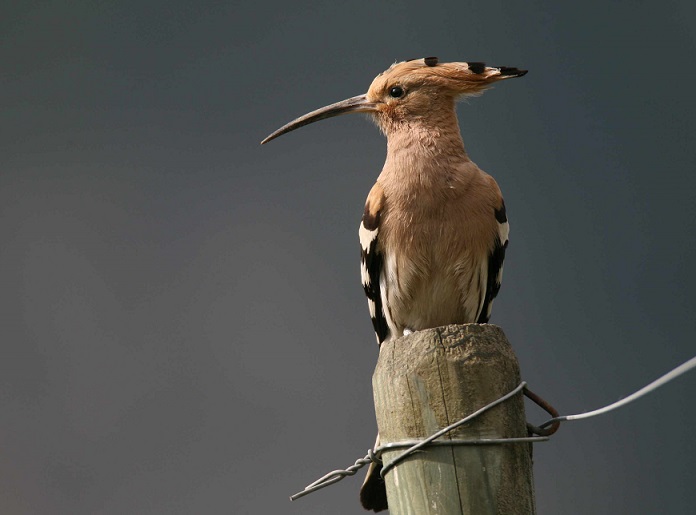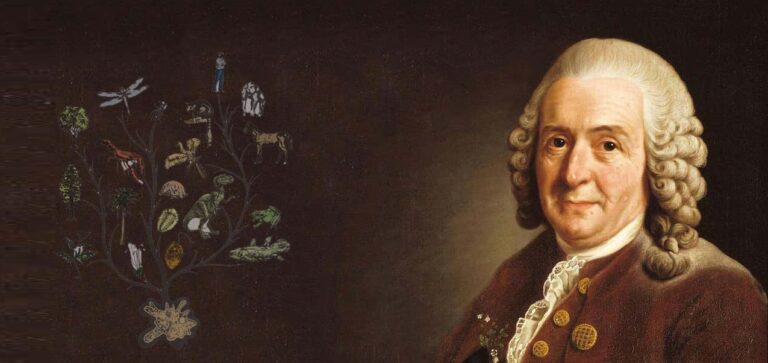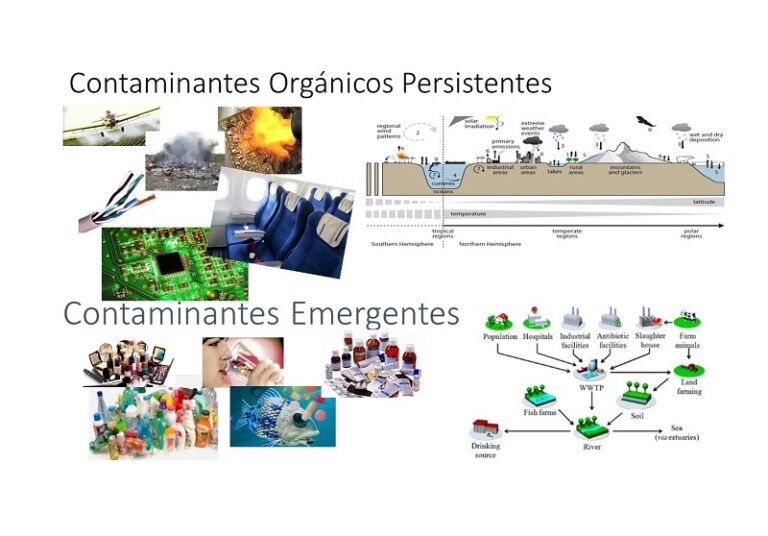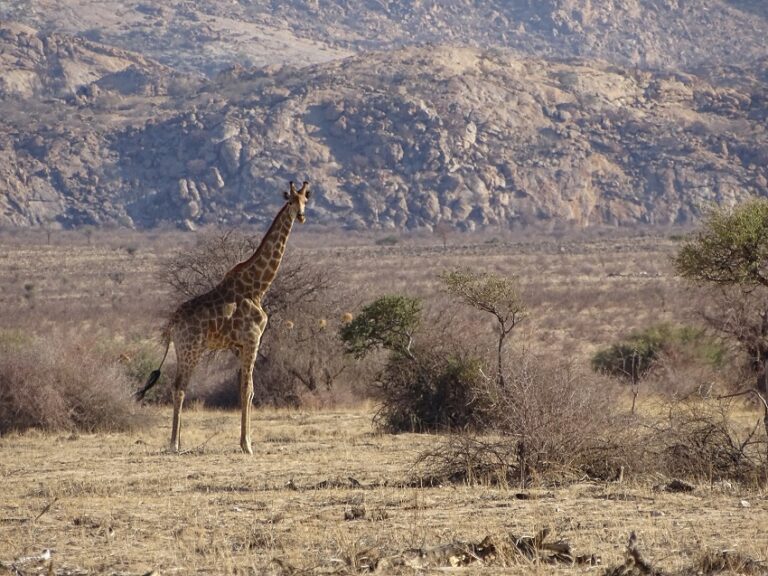Biodiversity conservation and restoration
En el marco de los seminarios IADIZA-IANIGLA, el miércoles 20 de agosto se realizará una charla sobre “Biodiversity conservation and restoration: bridging the divide between research and implementation. Examples from Swiss farmland wildlife”. Se desarrollará a las 11hs, en la sala Latinoamericana del CCT Mendoza.

Disertante: Dr. Raphael ARTLETTAZ
Director de la división de Biología de la Conservación en el Instituto de Ecología y Evolución en la Universidad de Bern, Suiza
Resumen:
Due to the over-exponential expansion of the human population and economy, ecosystems and biodiversity are put under a huge, unprecedented pressure. Humans already divert about 50% of the Net Primaryterrestrial Productivity of the planet for their own use – meaning that this amount is not longer available for other organisms. And this share is going to increase further. Natural, pristine habitats will continue toshrink whilst secondary, intensively human-used habitats will spread and become predominant. Conservation Biology as a life science discipline has grown rapidly over the past two decades, focusing mostly onthe conservation of pristine or semi-natural habitats. Restoration ecology attempts to design human-used and managed ecosystems in such a way that they deliver, among other services, optimal «biodiversitybenefits». Restoration ecologists face thus the challenging task to design totally novel ecosystems which may prop up flora and fauna without jeopardizing economic revenue. Unfortunately, basic scientificevidence on species’ ecological requirements remains scarce, especially in constantly changing, human-used landscapes such as farmland. Population biological studies of emblematic species and managementsolutions for ecological communities of Swiss farmland will be presented as illustrations. It will also be demonstrated how the great divide between research and action can be bridged by running commonprojects across institutions, addressing real conservation/restoration issues, delivering pragmatic targeted guidelines and making sure that implementation actually takes place in reality.The idea of an international research project on vineyard biodiversity will be briefly presented, with a short following discussion with all interested parties.



